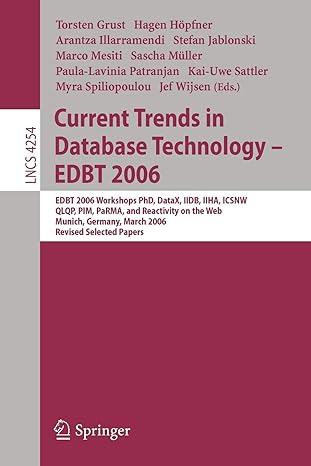Question
Programming Exercise (50 points) You are given a partially completed project containing: 4 header files: Container.h student.h undergrad.h grad.h 5 C++ files: Container.cpp student.cpp grad.cpp
Programming Exercise (50 points)
You are given a partially completed project containing:
4 header files: Container.h
student.h undergrad.h grad.h
5 C++ files: Container.cpp
student.cpp grad.cpp undergrad.cpp hw10.cpp
The diagram shows the inheritance and relationships between the classes and the linked list formed.
Your job is to follow the instructions given in comments in these files to complete the missing parts of the project so that the program executes properly. Tasks are included below.
CSE240 Introduction to Programming Language 2 | PageHomework 10
Q1: Create Undergrad and Grad subclasses of Student class (Inheritance) (10 points)
In undergrad.h: // Q1a: Create Undergrad class (5 points) // Part 1: Create a child class of the Student class named 'Undergrad' // Part2: Declare constructor which accepts the same 3 parameters as the parent class Student's constructor. Pass the 3 parameters to the super constructor of the Student class. // Part 3: Re-declare the method displayInfo (virtual method found inside of parent class Student)
In grad.h: // Q1b: Create Grad class (5 points) // Part 1: Create a child class of the Student class named 'Grad' // Part2: Declare constructor which accepts the same 3 parameters as the parent class Student's constructor. Pass the 3 parameters to the super constructor of the Student class. // Part 3: Re-declare the method displayInfo (virtual method found inside of parent class Student)
Q2: Define displayInfo() for child classes (Polymorphism) (10 points)
In undergrad.cpp // Q2a: Define displayInfo() for Undergrad class (5 points) // Define the function displayInfo() that you declared within the Undergrad class in the header file. See expected output in question file
In grad.cpp // Q2b: Define displayInfo() for Grad class (5 points) // Define the function displayInfo() that you declared within the Grad class in the header file // See expected output in question file.
Q3: Add Friend function changeRollNo() (5 points)
In student.h: // Q3a: Declare Friend Function changeRollNo() (1 point) // Declare a friend function named changeRollNo() which has 2 parameters and no return value. // The first parameter is a pointer to Student class, and the second is an integer which is the new roll number. // You need to define this function in hw10.cpp and call this function in case 'c' of executeAction() in hw10.cpp file
CSE240 Introduction to Programming Language 3 | PageHomework 10
In hw10.cpp: // Q3b: Define Friend Function changeRollNo() (3 points) // Define the function changeRollNo()that is declared in student.h file. // This function sets the new roll number of the student. The student and new roll number is to be passed as function arguments. // Use 'd' display option after using 'c' option to verify whether the new roll number is set.
A friend function allows you to access the private variables of a class (ex: student->rollNo)
Q4 - Q7 are used to implement a menu-driven program. Its implementation is in hw10.cpp. The menu gives the following options to user:
a) Add a new student to the list. You need not check if the student exists in the list because that is already implemented in executeAction(). You may add the new student to head or tail of the list. (sample solution adds it to the tail)
b) Display the list of students along with their details (roll number, type (grad/undergrad)).
c) Change the roll number of a student. This options uses the friend function
changeRollNo() to access private data member rollNo of the student and change it to the one entered by the user.
You need to implement save() that writes the list of students to a file list.txt while exiting the program and load() that reads the file to form the list at the beginning of the program. During first execution of the program, there will be no list.txt, so load() would not form a list. Once list.txt is saved, load() can read it. You may remove the list.txt from your project directory if you do not want to load that list (maybe while testing your code).
The following is one way to store the list in list.txt file. The format here is: student name student roll number student type (0 for undergrad, 1 for grad)
You may store it in another format if you wish. Notice that the 3 at the beginning is the number of students stored in the file.
CSE240 Introduction to Programming Language 4 | PageHomework 10
Expected output: addStudent:
displayList:
CSE240 Introduction to Programming Language 5 | PageHomework 10
changeRollNo:
(Tonys roll number was 1 previously. Using c option it was changed to 10. Use d option to verify that the roll number is really changed)
Step by Step Solution
There are 3 Steps involved in it
Step: 1

Get Instant Access to Expert-Tailored Solutions
See step-by-step solutions with expert insights and AI powered tools for academic success
Step: 2

Step: 3

Ace Your Homework with AI
Get the answers you need in no time with our AI-driven, step-by-step assistance
Get Started


